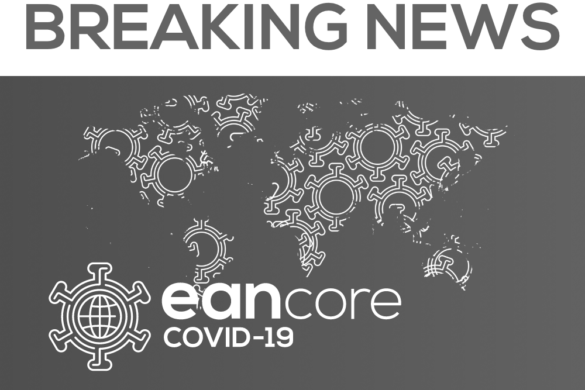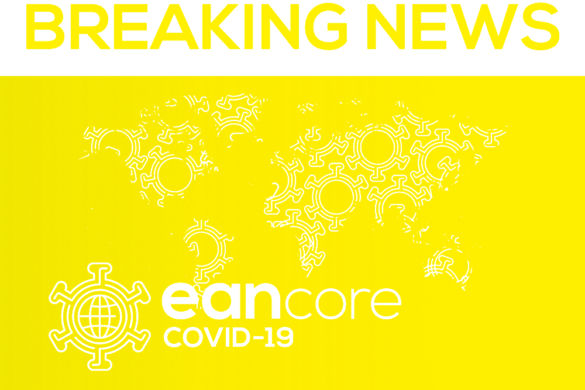Cross-sectional case-control studies (Blue)
Whether and how SARS-CoV-2 outbreak affected in-hospital acute stroke care system is still matter of debate. In the setting of the STROKOVID network, a collaborative project between the ten centers designed as hubs for the treatment of acute stroke during SARS-CoV-2 outbreak in Lombardy, Italy, the authors retrospectively compared clinical features and process measures of patients with confirmed infection (COVID-19) and non-infected patients (non-COVID-19) who underwent reperfusion therapies for acute ischemic stroke. Between March 8 and April 30, 2020, 296 consecutive patients [median age, 74 years (interquartile range (IQR), 62-80.75); males, 154 (52.0%); 34 (11.5%) COVID-19] qualified for the analysis. Time from symptoms onset to treatment was longer in the COVID-19 group [230 (IQR 200.5-270) minutes vs. 190 (IQR 150-245) minutes; p = 0.007], especially in the first half of the study period. Patients with COVID-19 who underwent endovascular thrombectomy had more frequently absent collaterals or collaterals filling ≤ 50% of the occluded territory (50.0% vs. 16.6%; OR 5.05; 95% CI 1.82-13.80) and a lower rate of good/complete recanalization of the primary arterial occlusive lesion (55.6% vs. 81.0%; OR 0.29; 95% CI 0.10-0.80). Post-procedural intracranial hemorrhages were more frequent (35.3% vs. 19.5%; OR 2.24; 95% CI 1.04-4.83) and outcome was worse among COVID-19 patients (in-hospital death, 38.2% vs. 8.8%; OR 6.43; 95% CI 2.85-14.50). The authors concluded that their findings showed longer delays in the intra-hospital management of acute ischemic stroke in COVID-19 patients, especially in the early phase of the outbreak, that likely impacted patients outcome and should be the target of future interventions.
Pezzini A, et al. Impact of SARS-CoV-2 on reperfusion therapies for acute ischemic stroke in Lombardy, Italy: the STROKOVID network. J Neurol. 2021 Mar 8:1–8. doi: 10.1007/s00415-021-10497-7










